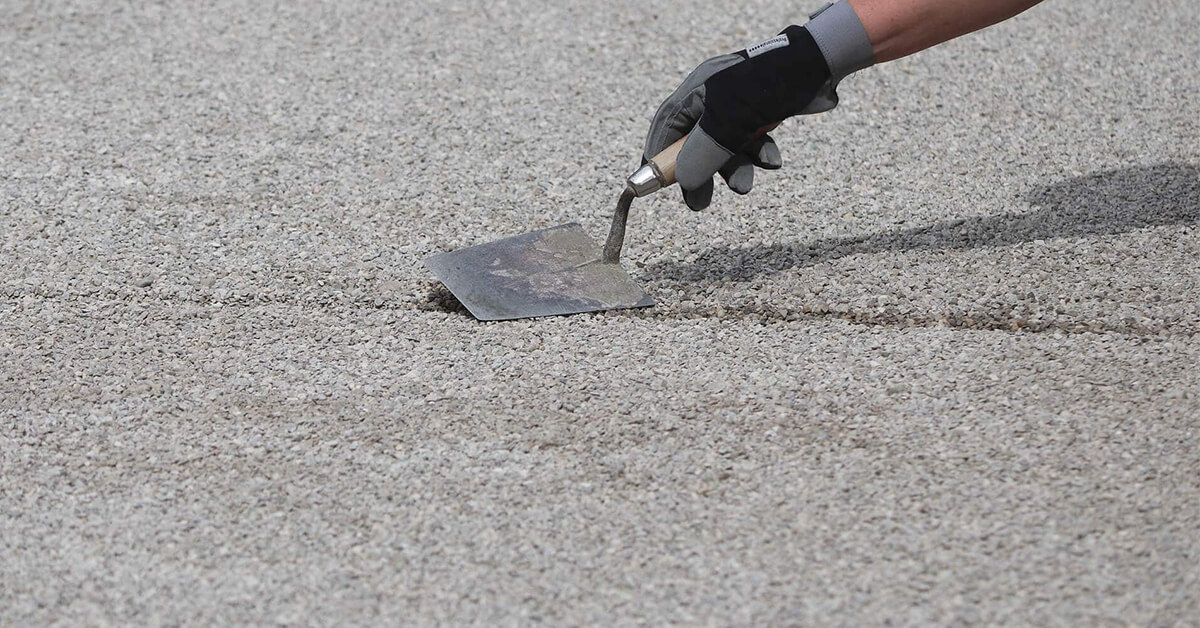Introduction
This is very crucial process in making sure that the ICPs will hold together and perform as single pavement matrix. In traditional tile laying (clay or concrete), mortar mix will be used to fill-up the joints; thus, it creates a good bonding between the tiles.
However, in the case of ICP, you can’t use mortar to make sure these units stay in place. The use of mortar will turn the ICP pavement into rigid pavement. Therefore, it is not an option to use mortar to fill-up the gaps, unless you are intention to make rigid pavement.
The selection of joint filling sand is very important; because it still must be able to provide binding effect between the ICP units.
Preliminary
First thing first; prior to commencement of the sand filling activities, the paved area shall be first thoroughly inspected. This is to ensure that the pavement is constructed as per specified design and specifications.
The inspection shall include the levels, tolerances, joint spaces, alignments, edging, bedding sand thickness (by random sampling method). Any non-compliance shall be immediately rectified.
The joint sand filling operation can only start once green light is given by the supervising engineer (or any authorized site personnel). Also make sure that the pavement surface is complete dry and free from any debris; and try as much as possible to complete the filling activity on the same day.
The Material
The joint filling sand to be used must first in compliance to the specifications. The sand shall be obtained from single source, and must be kept dry throughout the filling process.
If the budget allows, then we recommended the pre-packed version that usually comes in bag of 25kg; this type is easier to store, control, and use. If you don’t have access to the bagged type, the loose sand is good as well. As long as you can have good control over the quality of the sand.
The table below outlines the grading requirement for the joint filling sand as per European Aggregate Standard, BS EN 12620.
If you are doing ICP pavement as a DIY project for your own home; then you may consider something premium like pre-blended polymeric joint stabilizing sand. These are polymer base which comes in dry form and easily fills the gaps. It locks in firmly into the gaps and sets, while still maintaining the flexibility.
The Process
Once the pavement is ready to receive the joint filling sand; first brush the sand into the joints between the paver units till it is visibly obvious that the whole depth of the join is filled-up.
Next use the plate compacter to vibrate and compact the pavement, this would allow the sand to fill and compact. Repeat this step 2 to 3 times till there is no more space to fill the sand.
Now you are officially done with the ICP pavement and it is ready to receive the traffic. Make sure to monitor the pavement in the early days of usage for any missing or reduction in filling sand. If so, then it should be topped-up and compacted again.
Joint Filling Sand Gradation Limit.
| Sieve size (mm) | % Passing | |
| 2.36 | 100 | 100 |
| 1.18 | 85 | 100 |
| 0.300 | 55 | 100 |
| 0.063 | 0 | 2 |











